Rising Chronic Diseases
The prevalence of chronic diseases is a significant driver for the Automatic Pill Dispenser Market. As the incidence of conditions such as diabetes, hypertension, and cardiovascular diseases continues to rise, the need for effective medication management becomes increasingly critical. Statistics indicate that nearly 60% of adults in certain regions are managing at least one chronic condition, necessitating the use of automatic pill dispensers to ensure adherence to complex medication regimens. These devices not only simplify the process of taking medications but also reduce the risk of medication errors, which can lead to severe health complications. Consequently, the growing population of patients with chronic diseases is likely to propel the demand for automatic pill dispensers in the coming years.
Technological Advancements
The Automatic Pill Dispenser Market is experiencing a surge in technological advancements that enhance the functionality and efficiency of these devices. Innovations such as smart pill dispensers equipped with mobile applications allow users to track their medication schedules in real-time. Furthermore, the integration of artificial intelligence and machine learning algorithms enables these dispensers to provide personalized medication reminders and alerts. According to recent data, the market for smart healthcare devices, including automatic pill dispensers, is projected to grow at a compound annual growth rate of approximately 15% over the next five years. This trend indicates a strong consumer preference for technology-driven solutions in medication management, thereby driving the demand for automatic pill dispensers.
Growing Geriatric Population
The aging population is a crucial factor propelling the Automatic Pill Dispenser Market. As individuals age, they often face multiple health issues that require complex medication regimens. The United Nations projects that the number of people aged 60 and older will reach 2.1 billion by 2050, highlighting the urgent need for effective medication management solutions. Automatic pill dispensers cater specifically to this demographic by providing features such as easy-to-use interfaces and automated reminders, which help ensure adherence to prescribed treatments. This demographic shift is likely to create a substantial market opportunity for automatic pill dispensers, as families and caregivers seek to support the health and well-being of elderly individuals.
Increased Focus on Patient Safety
Patient safety has emerged as a paramount concern within the healthcare sector, significantly influencing the Automatic Pill Dispenser Market. Healthcare providers are increasingly adopting automatic pill dispensers to minimize medication errors and enhance patient compliance. The World Health Organization has reported that medication errors affect millions of patients annually, leading to adverse health outcomes and increased healthcare costs. By utilizing automatic pill dispensers, healthcare facilities can ensure that patients receive the correct dosage at the right time, thereby improving overall safety. This heightened focus on patient safety is expected to drive the adoption of automatic pill dispensers, as both healthcare providers and patients seek reliable solutions to mitigate risks associated with medication management.
Healthcare Cost Reduction Initiatives
Efforts to reduce healthcare costs are significantly influencing the Automatic Pill Dispenser Market. Governments and healthcare organizations are increasingly recognizing the financial burden associated with medication non-adherence, which can lead to hospitalizations and additional treatments. Studies suggest that improving medication adherence through the use of automatic pill dispensers can save healthcare systems billions of dollars annually. As a result, there is a growing emphasis on implementing cost-effective solutions that enhance patient compliance and reduce overall healthcare expenditures. This trend is likely to drive the adoption of automatic pill dispensers, as stakeholders seek to balance quality care with financial sustainability.
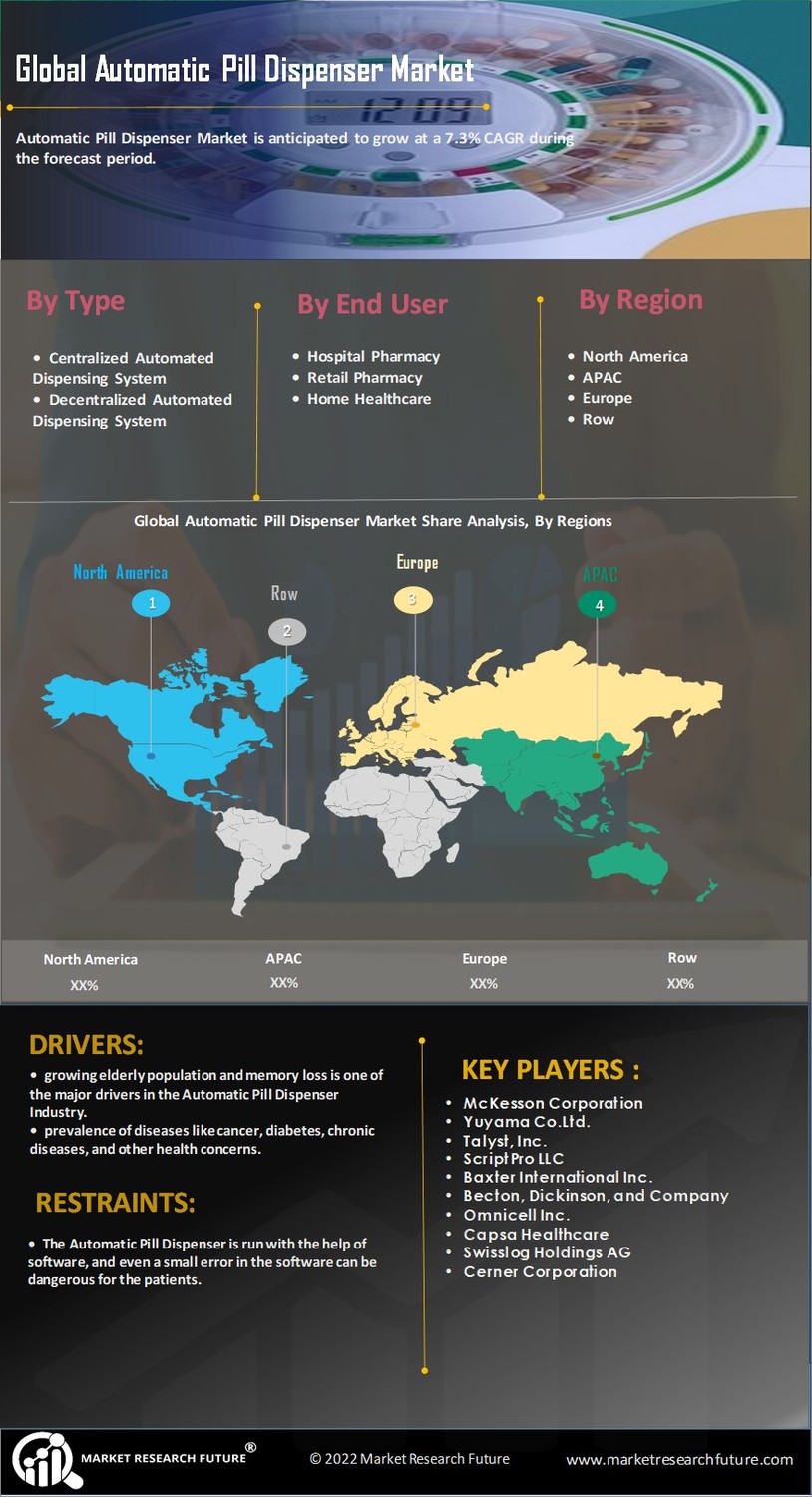

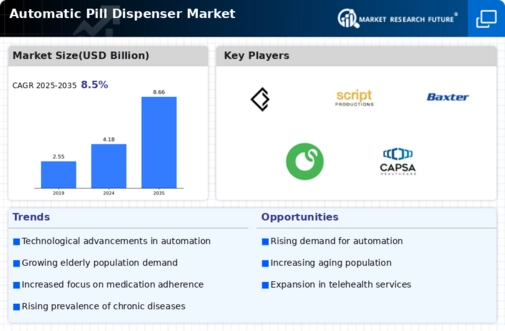
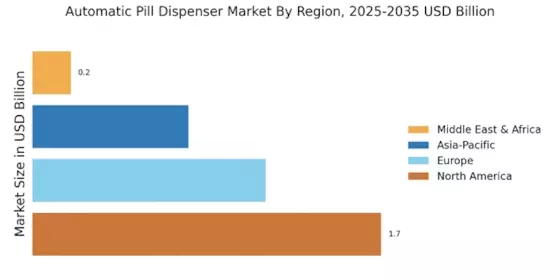




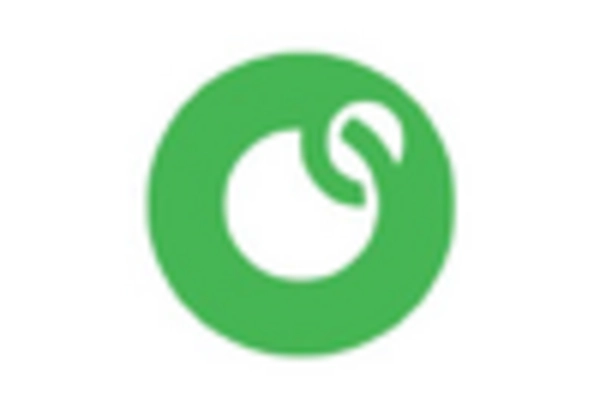

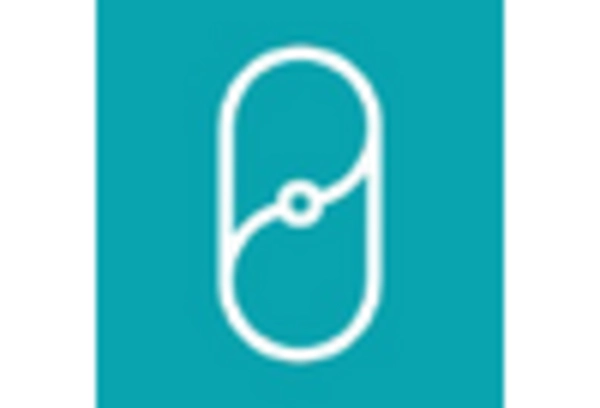








Leave a Comment